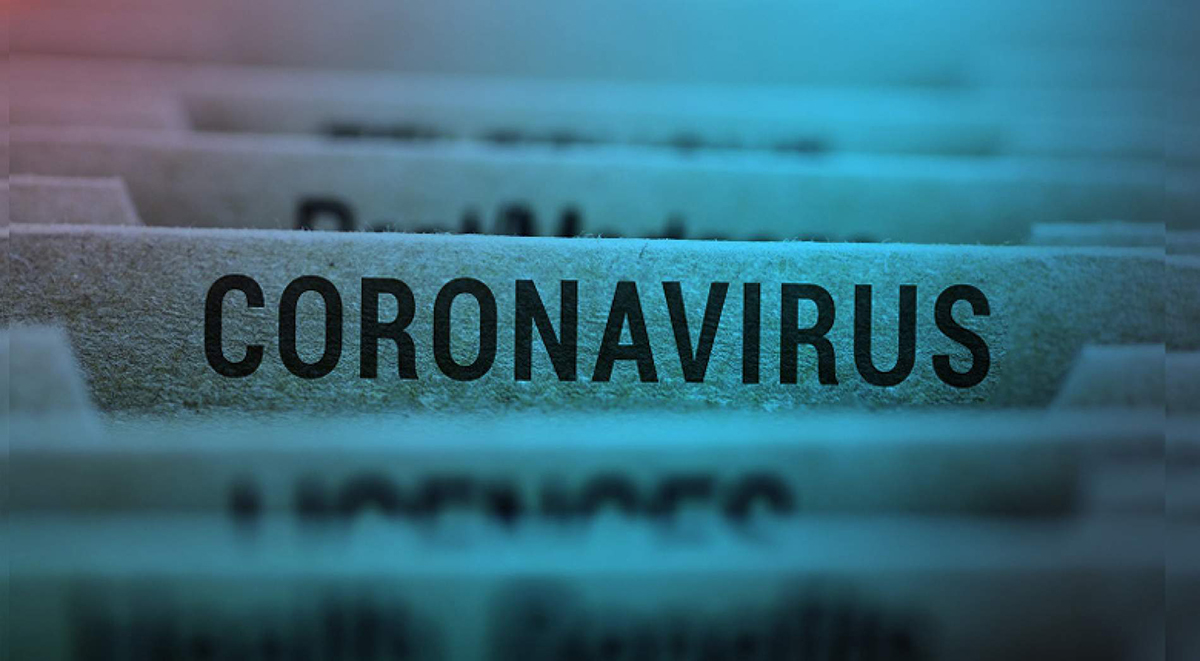10 Ways to Protect Your Patients and Practice from COVID-19 Exposure
The Academy of General Dentistry, American Dental Association, and Center for Disease Control, in addition to other organizations, have all recently released great direction on how dental practices can provide effective precautions to protect their patients and staff from potential exposure to Coronavirus, specifically the strain known as COVID-19.
Here are a few additional ways that you can respond to COVID-19 and help practice social distancing techniques, and ‘flatten the curve’. This essentially means that during the pandemic outbreak, with no intervention, our healthcare facilities and workers will be overloaded with the number of cases that are currently happening. By providing social distancing techniques and taking extra precautions, we will be able to reduce overall cases and health effects. This should be able to help your dental practice and patient care get back to normal sooner rather than later!
- Screenings Before Appointments: Before having a patient schedule an appointment or moving forward with a scheduled appointment, we encourage you to screen patients. This could be as simple as walking through a few questions about their travel history, contact with COVID-19, symptoms (like fever, shortness of breath, or difficulty breathing) or if they are immunocompromised. If they answer affirmatively to any of these questions, these patients should not come into the office.
- Take Temperatures: As part of your routine assessment of patients before performing their dental procedures, you could add taking their temperature readings. If they have a temperature above 100.4 F they should not be seen.
- Disinfection Protocol: In between each and every patient visit, the operatory should be sanitized fully and completely and team members should be encouraged to be more diligent in their efforts to eliminate bacteria.
- Have Patients Wait in their Car: You can invite patients to wait in their car and then give them a call or shoot them a text when you are ready for them to come into the office for their visit. This will help to eliminate close contact between visits and the potential spread of the virus between staff and patients.
- Remove Unnecessary Material from Waiting Room: Magazines, toys, coffee stations, etc., should be removed from waiting areas where they could potentially spread contamination. This will make it easier to keep the front office clean and sanitized in a quick manner.
- Reschedule Routine Dental Care and Only See Emergency Patients: This is becoming standard practice based on recommendations from the CDC and local dental associations for at least the next two weeks (based on the current status on March 18th, 2020). In an effort to flatten the curve, it may come to a point where your dental practice may choose (or be recommended to) close for a time. Be sure to educate your patients about why you are making this decision, your goals in doing so, and your efforts to have a safe office always (but especially during this time). Then focus attention on how you are still seeing patients that may have an emergency and share what that entails at your practice.
- Provide a Hydrogen Peroxide Rinse to All Patients Before Their Visit: The ADA recommends having patients rinse with a 1% hydrogen peroxide solution before each appointment. This will serve as an antimicrobial and antiviral rinse to help with potential issues.
- Provide Masks for Patients: Have a stack of masks on the counter for patients if they so choose to use them. This option may not be utilized by all patients but by having them as an option, with a simple sign inviting patients to take them if they’d like, could be a positive addition to the options available at your practice and help patients feel more confident during their care. Although masks are primarily used to avoid spreading illness from one sick person to a well person, within your office it could be more of a mental or emotional form of care for those that are concerned.
- Limit Visits to Current Patients: By limiting care to current patients, you will help again to eliminate the potential spread of the virus and focus on your patients’ needs.
- Wipe Down All High Traffic Areas: Doorknobs, chair arms, bathroom, front desk counter, computer mouse and keyboards should be wiped down on a regular basis with a cleaning solution. Coronaviruses are one of the easiest types to kill with disinfectant products so we highly recommend this to help protect your practice.
Some other recommendations from the ADA and Academy of General Dentistry are:
- Using a rubber dam when appropriate to decrease possible exposure to infectious agents.
- Using high-speed evacuation for dental procedures producing an aerosol.
- Autoclaving handpieces after each patient.
- Consider teledentistry options and whether there are ways to use technology to assess patient needs and determine the necessity for the patient visit.
- Understand office policies and procedures regarding staff health issues. Know what your leave time policy is for staff members who may have a medically compromising condition.
Our goal is to help you work through these concerns and issues and help keep your practice growing and thriving in the coming months. Even though not everyone will be infected, everyone will be affected by COVID-19. We recommend that you follow local and state guidelines for your practice operations and that you will recognize that this situation is fluid and changing daily.







